Major William E. Adams paid the ultimate price during the Vietnam War, sacrificing his life while rescuing fellow soldiers in harm’s way. On May 25, 1971, he chose to fly into a hostile zone to save wounded and fallen comrades, a mission that cost him his life but earned him the Medal of Honor posthumously. His story stands as a reminder of duty and courage.

Early Life and Struggles: William Edward Adams was born on June 16, 1939, in Casper, Wyoming. He attended Wentworth Military Academy in Missouri and completed the junior college program in 1959. He later graduated from Colorado State University in 1962. His early years laid a solid foundation for a career in service, marked by a commitment to military education and preparation.
Military Enlistment and Heroics: Adams joined the U.S. Army in 1962 in Kansas City, Missouri. By 1970, he was serving in Vietnam. As a helicopter pilot and officer, he faced the daily realities of a brutal conflict. His missions often placed him in dangerous situations, where he flew support and rescue operations for American forces engaged with the North Vietnamese Army.
Defining Moment: On May 25, 1971, Major Adams volunteered for a mission that others might have refused. A helicopter crew had been shot down the day before near Firebase Five in Kontum Province. One crew member remained alive; three were dead. The base was surrounded, and enemy anti-aircraft weapons had clear visibility due to open skies. Despite these risks, Adams chose to fly in.
Under heavy fire, Adams managed to land and evacuate the wounded crew chief and the bodies of the others. As he attempted to leave, his helicopter was struck. Though he briefly regained control, the aircraft exploded and crashed, killing him instantly. He was 31 years old. Adams did not return from Vietnam. He was buried at Fort Logan National Cemetery in Denver, Colorado. While he did not have the chance to build a life after war, his legacy lived on through memorials and tributes.
Military Awards and Decorations: For his actions, Adams was awarded the Medal of Honor in 1972. His citation recognized his decision to risk his life for others, his control under fire, and his efforts to bring wounded and fallen comrades home. He is remembered on the Vietnam Veterans Memorial, and a helicopter like the one he flew is displayed at Wentworth Military Academy in his honor.
Major William E. Adams lived and died by a soldier’s code—never leave anyone behind. His final act was one of loyalty and sacrifice, emblematic of the highest traditions of military service. His name endures, not only in bronze and stone, but in the example he set for others who wear the uniform.
